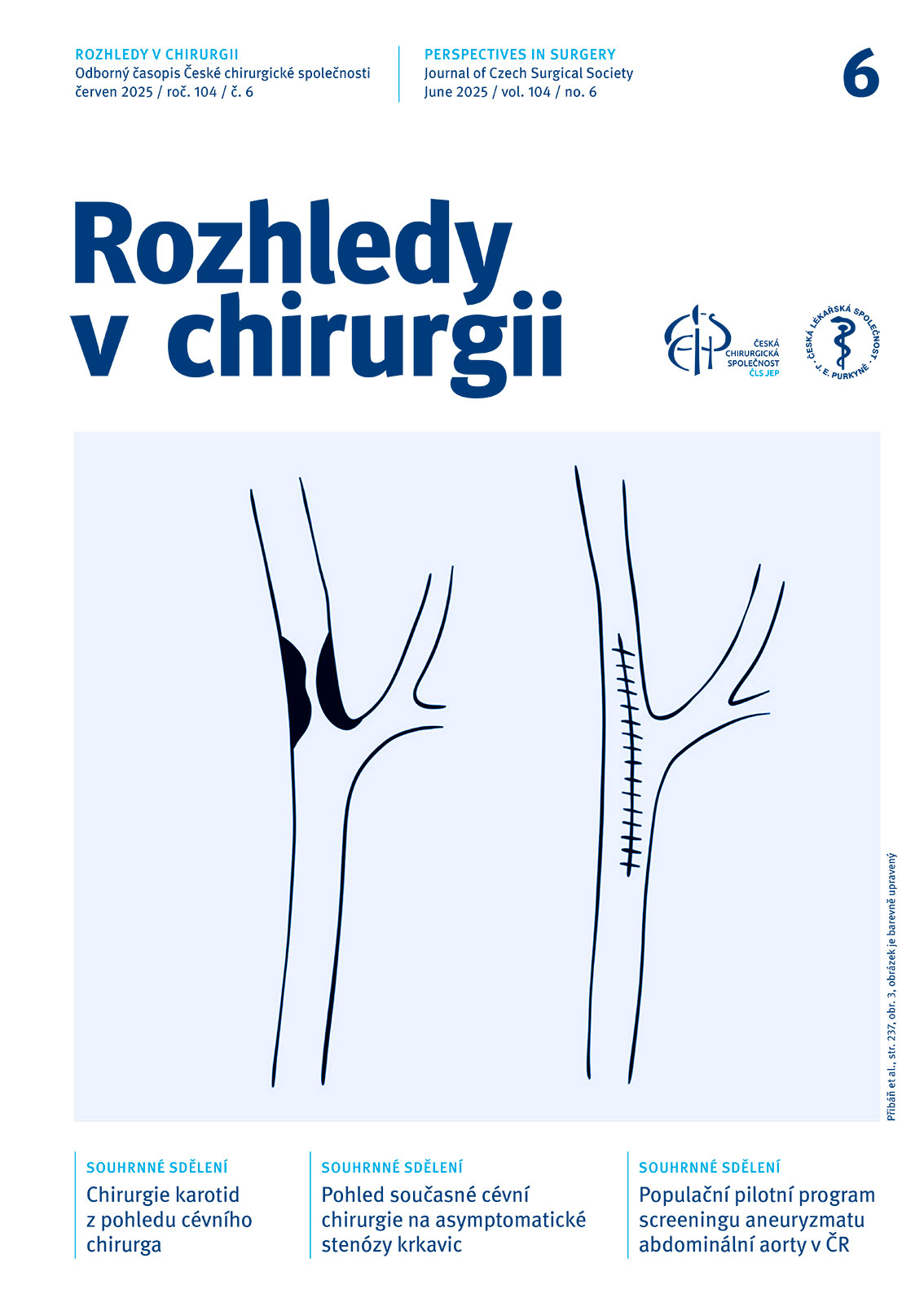Abstract
Introduction: Carotid endarterectomy (CEA) is performed by surgeons, vascular surgeons and neurosurgeons. This article aims to familiarize the reader with the neurosurgical principles of CEA.
Results: CEA anesthesia can be locoregional or general. In neurosurgical departments, both techniques are utilized according to standard practices. Both techniques are used in our department, with general anesthesia predominating. A microscope is always used during surgery. The advantages are magnification, perfect illumination and precise disobliteration. The gentle running suture allows minimal prevention of the vessel wall and substantially reduces the risk of residual stenosis/restenosis. The use of shunts is strictly selective. We use dominantly somatosensory evoked potentials in combination with EEG to monitor the need for shunt. We rarely use the eversion endarterectomy technique in carotid artery kinking with an abundant vessel wall.
Conclusion: The neurosurgical principles of carotid endarterectomy are characterized by a microscope/exoscope, microsurgical technique, and selective use of shunt. The dominant neurosurgical technique remains microendarterectomy with primo suture of the artery.
doi: 10.48095/ccrvch2025242


